Dalit Panthers | Buy Dalit Panthers Book In English
Dalit Panthers | Buy Dalit Panthers Book In English
- Binding: Paperback
- Language: English
- MRP: 275/-
- Sale Price: 270/-
- Publisher: Forward Press
Original price was: ₹275.00.₹270.00Current price is: ₹270.00. /-
5 in stock (can be backordered)
Order Dalit Panthers | Buy Dalit Panthers Book In English On WhatsApp
Description
Dalit Panthers | Buy Dalit Panthers Book In English
The Dalit Panthers book defines the rise of a strong and uncompromising movement that reshaped Dalit identity and agitation in India during the early 1970s. Against the backdrop of widespread caste-based injustice, the movement emerged as a cultural and political response—articulated not through negotiation but through assertion. This book goes beyond a historical recounting; it’s a study of an awakening. It brings to light the raw energy of youth determined to break free from centuries of social subjugation.
What Were the Dalit Panthers?
Dalit Panthers was Formed in 1972 in Mumbai, It was a joint revolutionary movement that lead to dismantle caste system through direct action, literary rights, and social organization. Unlike earlier Dalit reformist efforts, this was a radical departure—intense, intellectual, and action-driven. It was not merely a group but a new consciousness shaped by Ambedkar’s thought and international liberation movements.
Background and Political Setting
To grasp the Dalit Panthers’ genesis, one must understand India’s post-independence caste dynamics. While the Constitution had abolished untouchability, the lived experiences of Dalits, especially in rural India, remained filled with humiliation, exclusion, and violence. Despite reservation policies, structural inequality persisted. The Panthers were born out of this frustration—a voice for those who felt betrayed by both the state and moderate Dalit politics.
Why the Movement Took Root
The early 1970s were marked by rising incidents of atrocities against Scheduled Castes. Dalits were being murdered for accessing water, entering temples, or merely asserting dignity. The Panthers rejected passive resistance. They believed in confronting casteism with forceful narratives and actions. Their mission was not to ask for charity from the upper castes but to claim what was rightfully theirs—equality, dignity, and rights.
asserting dignity. The Panthers rejected passive resistance. They believed in confronting casteism with forceful narratives and actions. Their mission was not to ask for charity from the upper castes but to claim what was rightfully theirs—equality, dignity, and rights.
Founders and Key Figures
The movement was started by a group of fiery intellectuals and activists: Namdeo Dhasal, a poet with a piercing critique of caste; J.V. Pawar was an organizer and great writer; and Raja Dhale, a deep radical thinker. These founders, though varied in their methods, were united by a shared vision of a caste-free society. They drew inspiration from Ambedkar, but also from global struggles—most notably the Black Panthers in the United States.
Other contributors like Arjun Dangle, Waman Nimbalkar, and Yashwant Manohar played critical roles in expanding the movement’s literary and ideological depth.
The Movement on the Ground
What set the Dalit Panthers apart was their dual strategy—cultural rebellion and street-level agitation. They protested against caste atrocities, challenged dominant narratives in the media, and disrupted public events where Brahmanical supremacy was evident. They staged counter-cultural interventions through poetry, plays, and pamphlets.
Their presence created panic in the political establishment, not because of physical violence but because they could not be bought or silenced. Their actions included demonstrations, hunger strikes, fact-finding missions after caste violence, and public debates with intellectuals and politicians.
The Dalit Panthers’ Manifesto
Published in 1973, the manifesto is one of the most radical political texts of post-independence India. It called for the eradication of the caste system and denounced both capitalism and religious orthodoxy. It was an declaration of war against all forms of melancholy.
The manifesto demanded:
Annihilation of caste and redistribution of resources
Secular education for all
Protection of women from caste- and class-based exploitation
Cultural revolution to challenge Brahmanical hegemony
Social and economic equity through land reforms
It also redefined the term “Dalit” to include all oppressed communities—Scheduled Castes, Scheduled Tribes, landless laborers, and impoverished minorities—making it a broad anti-oppression platform.
Ambedkarite Roots
 Dr. B .R. Ambedkar’s impact on the Dalit Panthers is very influencial. His ideas on social justice, political representation, and dignity shaped their core ideology. However, unlike Ambedkar’s preference for constitutional tools, the Panthers adopted a more confrontational stance. They saw that legal rights meant little without power on the ground, and they aimed to shift that power balance through mass mobilization.
Dr. B .R. Ambedkar’s impact on the Dalit Panthers is very influencial. His ideas on social justice, political representation, and dignity shaped their core ideology. However, unlike Ambedkar’s preference for constitutional tools, the Panthers adopted a more confrontational stance. They saw that legal rights meant little without power on the ground, and they aimed to shift that power balance through mass mobilization.
Their adoption of Ambedkar’s principles was not ritualistic but deeply intellectual. They studied his writings, quoted him frequently, and aimed to fulfill his vision through new means suited to a changing India.
Structure and Composition of the Book
This book is divided into carefully crafted sections that document the movement from inception to its disbanding:
Chapter 1 introduces readers to the socio-political backdrop of 1970s India.
Chapter 2 focuses on the ideological thought and global impact.
Chapter 3 delves into biographies of founding members and their personal journeys.
Chapter 4 outlines key events, protests, and actions.
Chapter 5 discusses the literary output and cultural interventions.
Chapter 6 explores the decline and the reasons behind the internal conflicts.
Chapter 7 concludes with reflections on the movement’s lasting legacy.
The writing style balances narrative storytelling with rigorous analysis, making it useful for students, scholars, and general readers alike.
Major Themes in the Book
Several key ideas are explored throughout the chapters:
Resistance against structural violence – how the Panthers exposed the everyday brutality Dalits endured.
Assertion of identity – turning shame into pride, victimhood into defiance.
Intersectionality – analyzing how caste, class, gender, and religion interlink in systems of domination.
Language as Power – use of Marathi and other local languages to democratize political dialogue.
Youth Mobilization – energizing young Dalits with purpose and agency.
Literary and Cultural Contributions
The Dalit Panthers weremore than activists—they were great poets, influencial authors, and benchmark cultural transformers. Namdeo Dhasal’s poems redefined the aesthetics of Marathi literature. He introduced the voice of the slums, of the dispossessed, and of a city ignored by upper-caste writers.
Their writings broke conventions, using everyday language and metaphors rooted in Dalit experience. They challenged romantic notions of India’s spiritual past and presented a brutal mirror to the caste reality.
Political Impact and Internal Collapse
Initially, the Panthers drew admiration and fear in equal measure. Political parties tried to co-opt them, often leading to ideological fractures within the group. Some members moved towards parliamentary politics, others stayed radical and uncompromising. By the late 1970s, internal differences and external pressure had weakened the unity that once defined the movement.
the unity that once defined the movement.
However, their departure didn’t mark an end. The ideas and symbols they introduced continued to influence Dalit and Bahujan politics for decades to come.
Legacy and Relevance Today
The original organization dissolved, but its virasat is visible in:
Contemporary Ambedkarite activism
The rise of Dalit sahitya in regional languages
Student movements in universities
Cultural expressions like Dalit rap and documentaries
Political parties like the Bahujan Samaj Party, which drew heavily from the Panthers’ assertive approach
The book argues that in an India still struggling with caste, the Panthers remain more relevant than ever. Their message—revolution through culture and confrontation—continues to inspire.
Who This Book is For
Students of political science, sociology, and modern Indian history
Researchers focused on caste, identity, and resistance
Social activists seeking historical grounding for contemporary struggles
Young readers interested in non-mainstream political thought
Writers and artists who want to explore the relation of literature and social justice
Final Reflections
Dalit Panthers is not a book for passive reading—it is a book for engagement. It compels readers to rethink the dominant narratives around caste and reform in India. Through bold stories, unapologetic politics, and fearless writing, the book challenges silence, demands justice, and keeps the fire of resistance alive.
FAQs
Q1: What does Dalit Panthers kya hai mean?
A: It means What is Dalit Panthers?—a revolutionary anti-caste group formed in 1972.
Q2: Who founded Dalit Panthers?
A: Namdeo Dhasal, J.V. Pawar, and Raja Dhale in Maharashtra.
Q3: What is the Dalit Panthers Manifesto?
A: A radical document advocating caste annihilation, land redistribution, and self-respect for Dalits.
Q4: Is there a Dalit Panthers book available?
A: Yes, multiple titles exist, including autobiographies and manifestos compiled by J.V. Pawar and others. It Is Available On https://shoppersstore.net
Q5: Why did Dalit Panthers decline?
A: Due to ideological splits, political co-option, and lack of cohesive leadership.

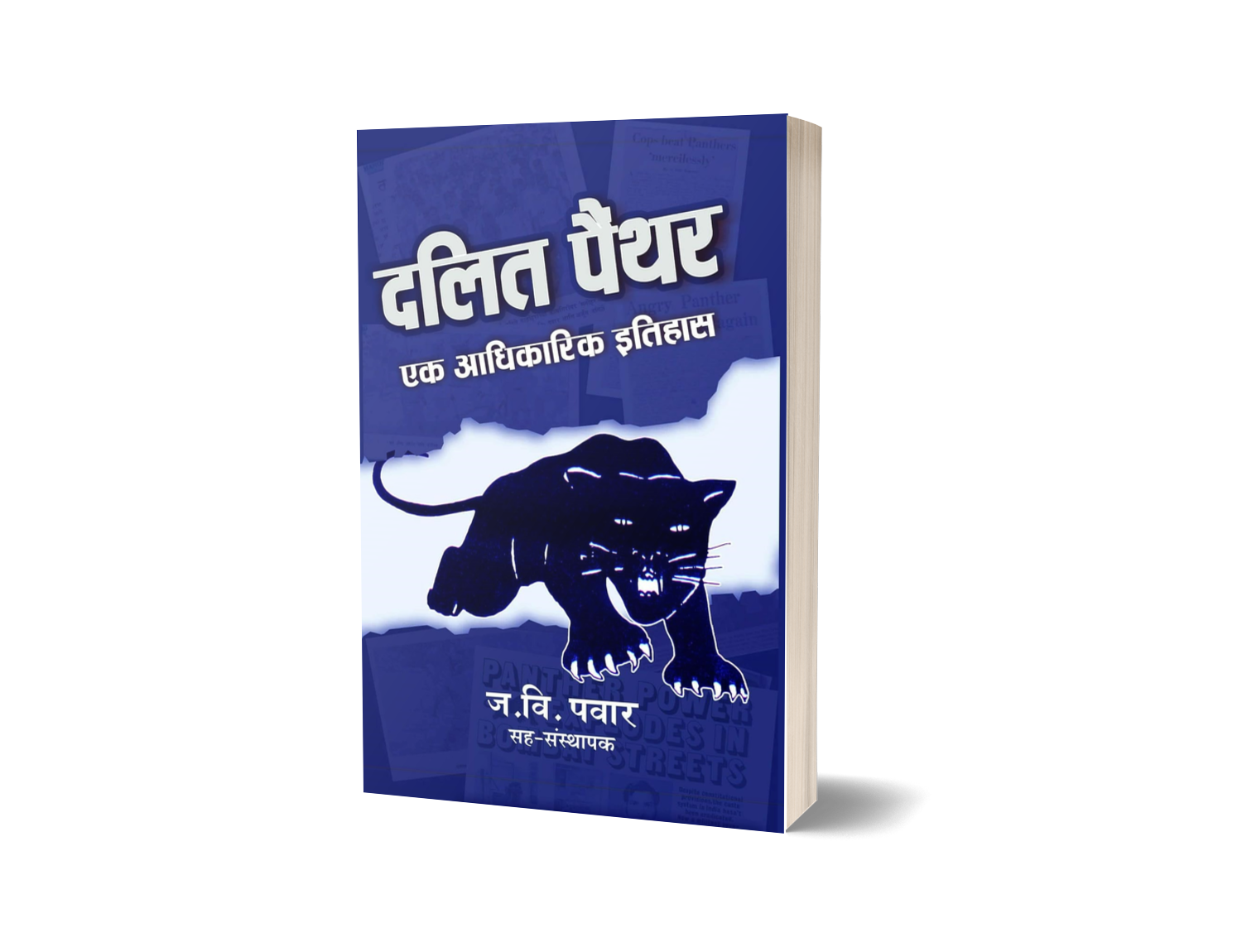
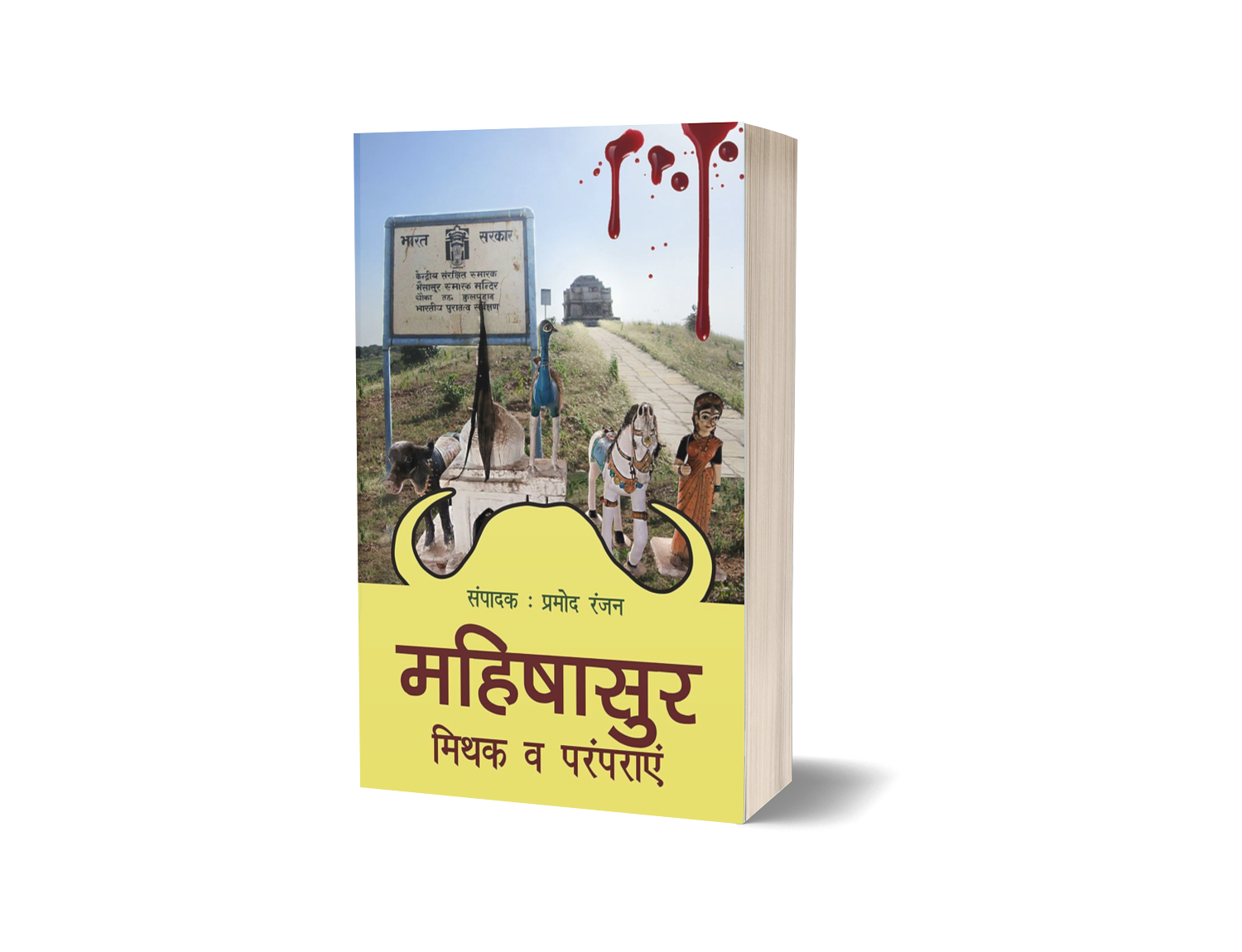
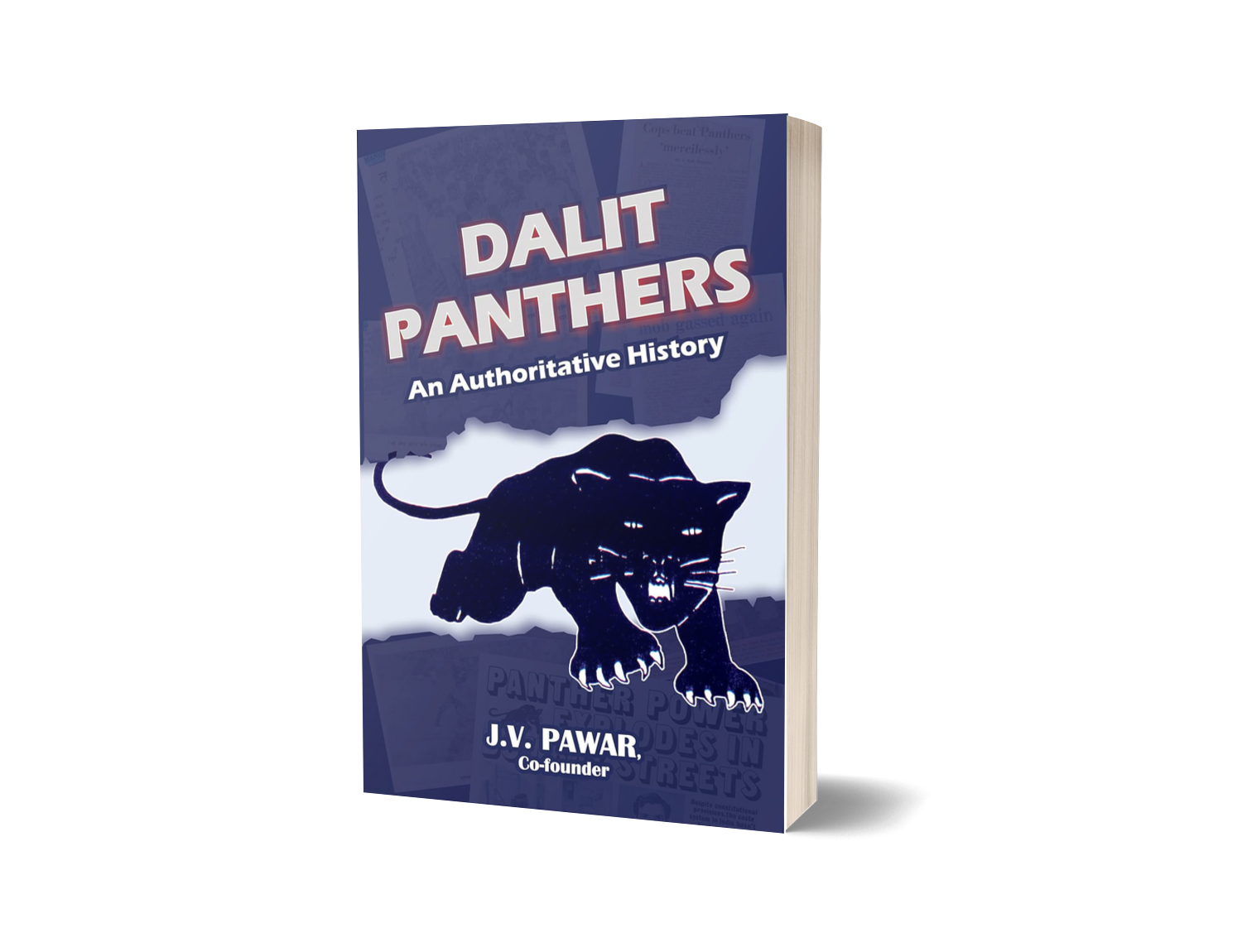
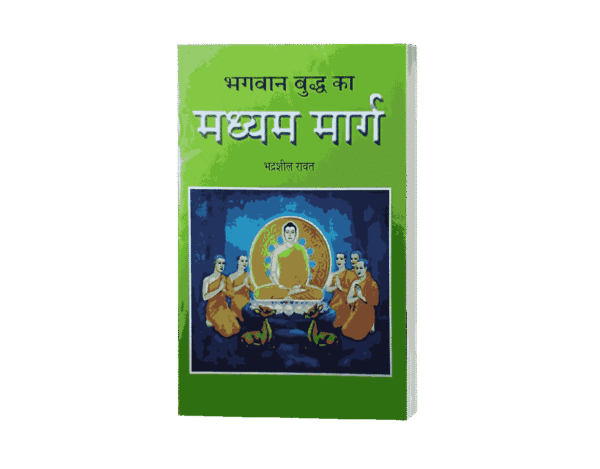
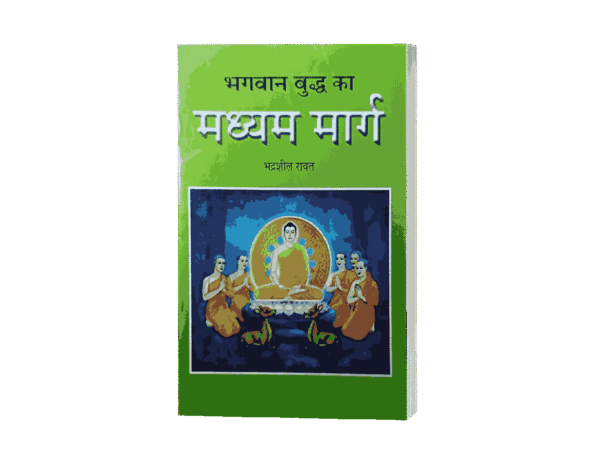

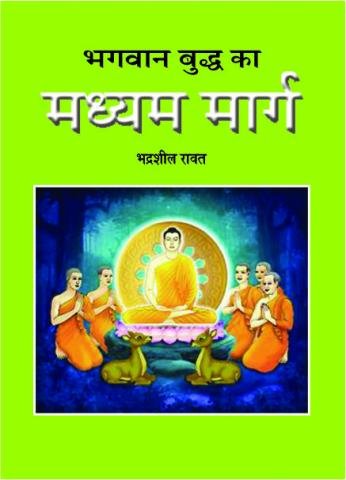
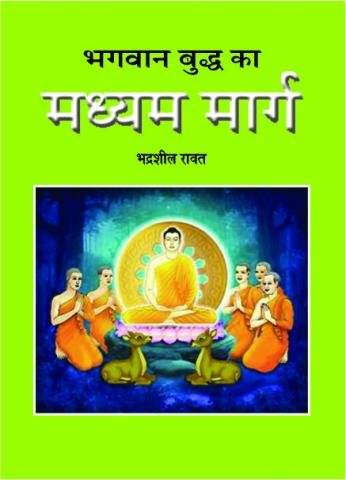
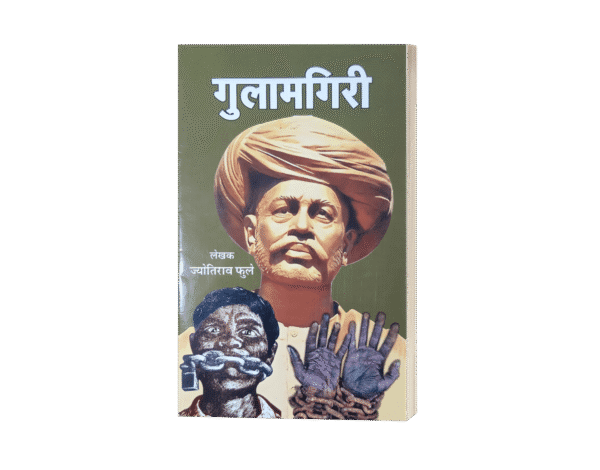
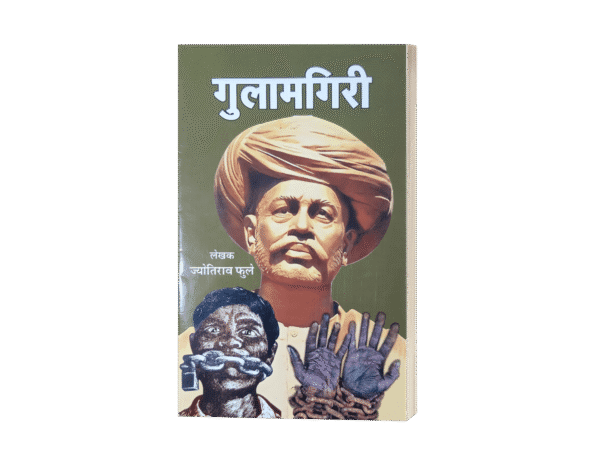
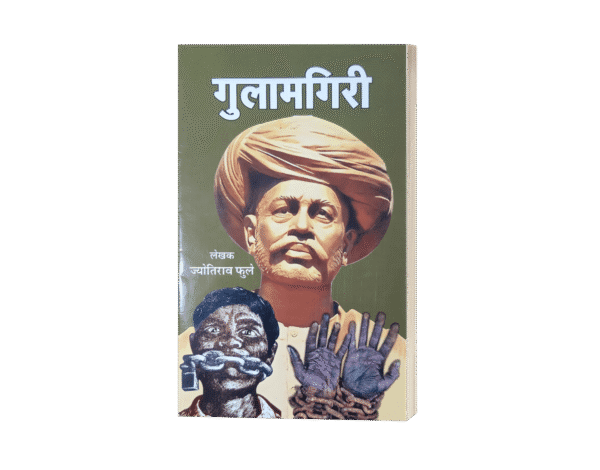
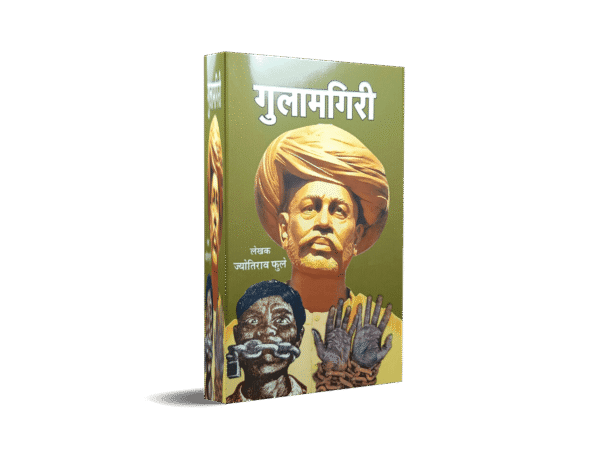
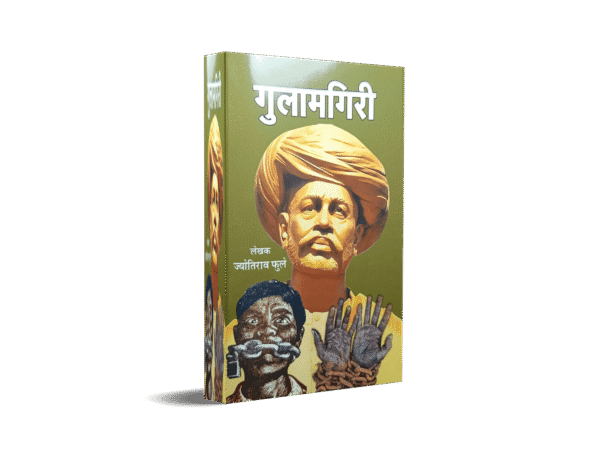
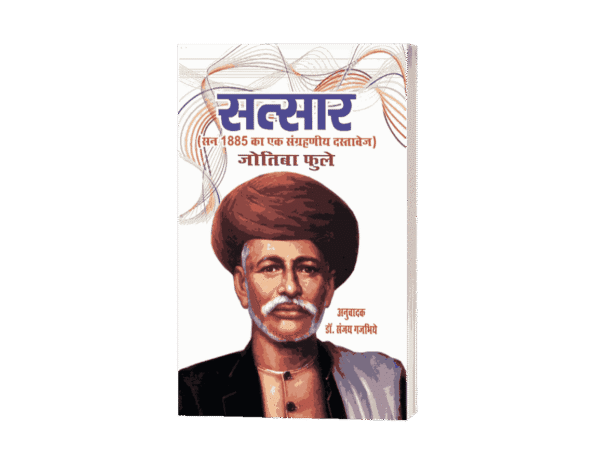
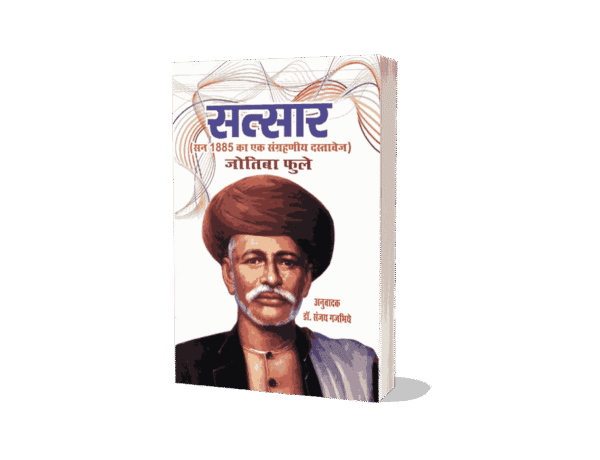
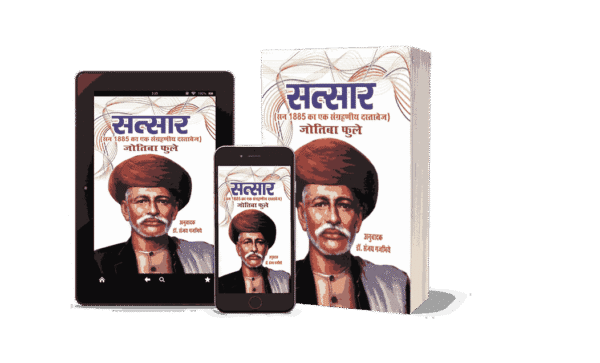
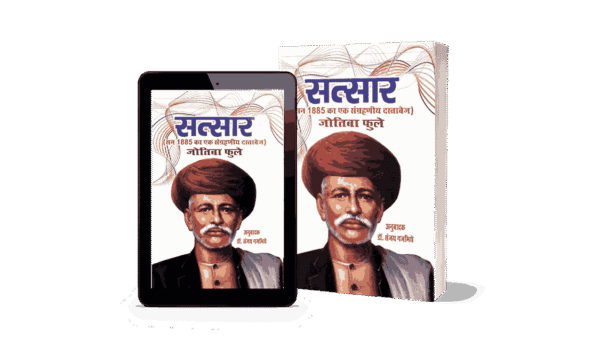
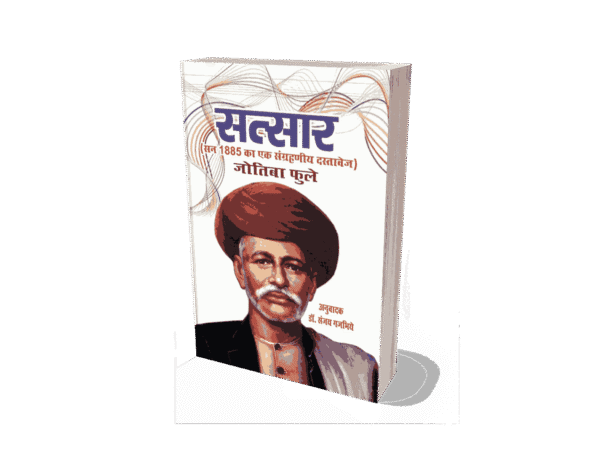
Rajan Sharma –
Very Important Book to understand Dalit Movements.
Sonal –
Good Book
Ragini Chaudhary –
Very Informative Book For My Research Purpose.
Raj Malhotra –
This Is a Good Book to Under Stand about Dalit Panther Movement, How It Formed, What Was The Impact Of This Movement.